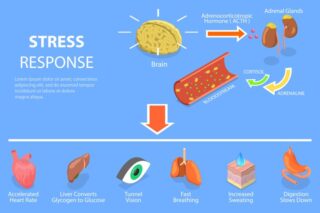RICE treatment for extremity sprains

Extremity sprains are very common injuries that require prompt treatment that is safe, effective, and convenient. Most sprains are sustained during engagement in sports, but with increasing age these injuries are becoming common following incidents such as falling down stairs or tripping on ground level. The RICE method of treatment has been referred to as the “gold standard” in reducing joint pain and swelling as well as the time it takes for the injury to heal (Research in Sports Medicine, 2020). The acronym has traditionally been used to recall the four elements of the treatment, which are listed below (Journal of Athletic Training, 2012):
R: Rest. Remain off of the injured extremity as much as possible. A limited amount of activity may be selectively allowed, but effort should be taken to avoid any weight bearing activity that induces stress or strain to the area. Rest is required to reduce the demands of the injured tissue, and failing to do so will increase blood flow to the area and compromise the healing process.
I: Ice. Applying ice to the injured extremity reduces the temperature of the tissues within the area of injury and limits the damage induced. It induces the constriction of the blood vessels at the site of injury and limits potential bleeding. In addition, application of ice increases the threshold of pain in the free nerve endings and delays nerve conduction to ultimately decrease the level of pain experienced as a result of the injury.
C: Compression. Keep the injured extremity compressed with an elastic bandage following injury. Compression is ultimately used to stop blood from escaping any ruptured blood vessels and reduce swelling. Following injury, the damaged capillaries within the extremity release fluid into the surrounding tissue. Compression controls the amount of fluid expelled in this inflammatory response and limits the amount of scar tissue production, reducing further swelling of the area.
E: Elevation. The injured extremity should be elevated as much as possible above the level of the heart. Pillows are commonly used to assist in the elevation and support of the extremity. Elevation lowers the pressure in the surrounding blood vessels and helps to limit bleeding. It also helps to drain the fluid released in the inflammatory response which limits swelling and any complications that may result from it.
This conservative management of extremity sprains is simple to follow and can be done from home. It is important to initiate treatment as soon as possible following injury to ensure complete recovery of full range of motion and balance (Research in Sports Medicine, 2020).

This article reviewed by Dr. Jim Liu, MD and Ms. Deb Dooley, APRN.
There’s nothing more important than our good health – that’s our principal capital asset.
#medical #telehealth #umedoc










